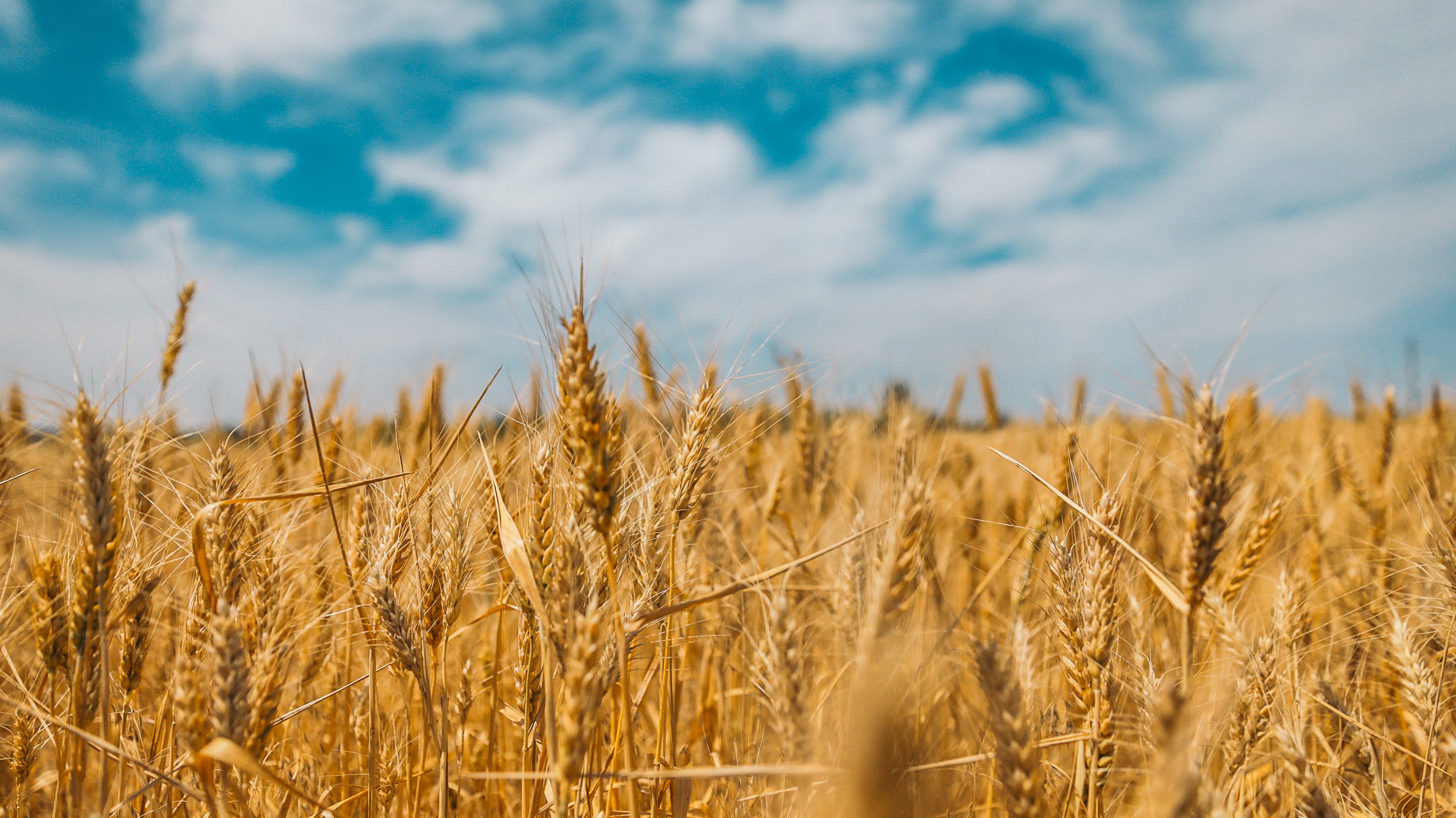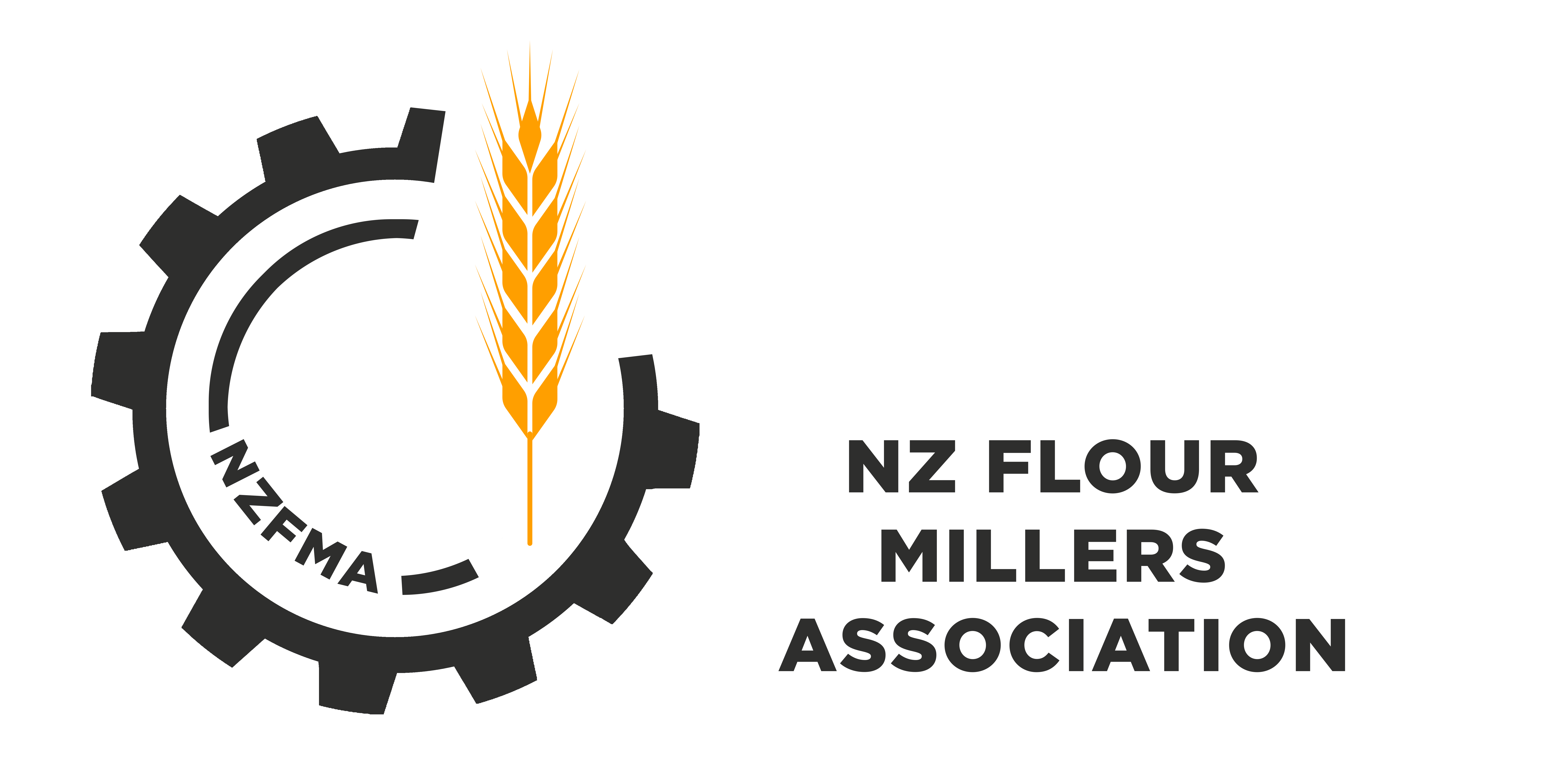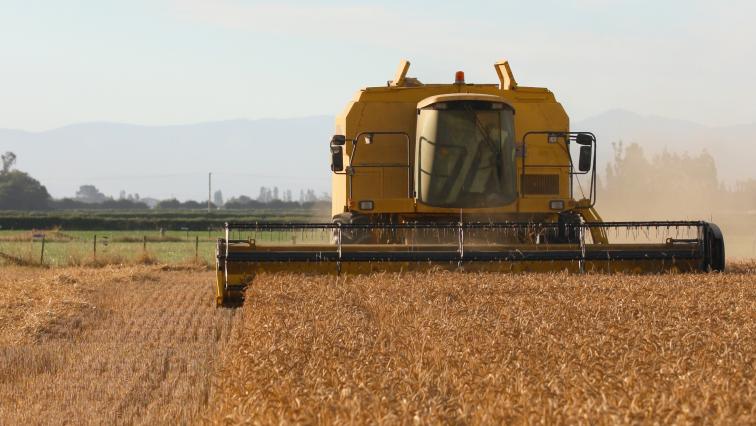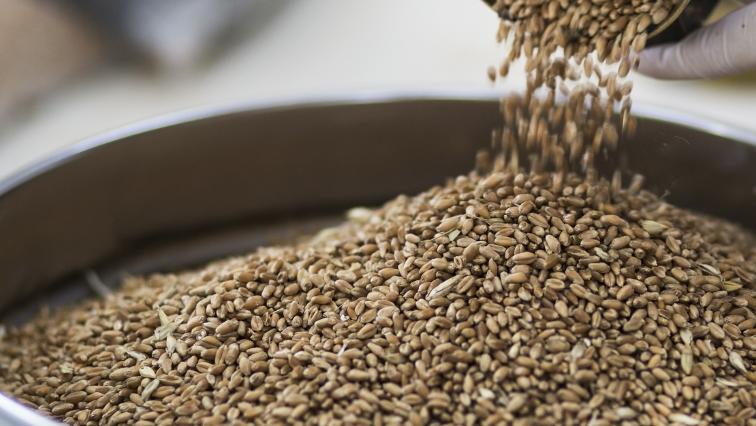The purpose of the screenroom is to remove impurities and ensure grain is in optimum condition for milling.
The final screenroom process after cleaning is to "condition" the wheat, which allows for the maximum extraction of flour. This ensures it is of high quality and water is added to the grain. These processes are described as "Conditioning", "Tempering" or "Damping".
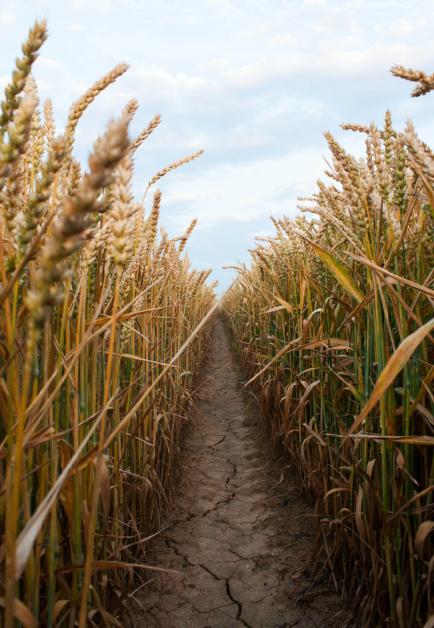
The addition of water toughens the bran to reduce powdering which darkens the flour during the milling process.
The bran layers are also loosened to ease the separation from the endosperm which also "mellows" the grain by softening the starchy structures of the endosperm.
The amount of water added depends on several factors:
- The variety of grain milled
- It’s natural moisture content
- Whether the mill is either an elevator mill or pneumatic
- Climate
- The finished flour specification
Normal moisture levels in wheat vary from around 9% up to 14% dependant on the variety.
These need to be "conditioned" to between 15%-17% prior to milling. The conditioning is normally done in two stages as the maximum moisture which can be added in one pass is approximately 5%.
After damping, the grain is normally left to stand between 6 and 24 hrs to allow moisture to penetrate evenly through the grain. The time needed is determined by the grain type and is shorter for soft wheats and longer for hard wheats.
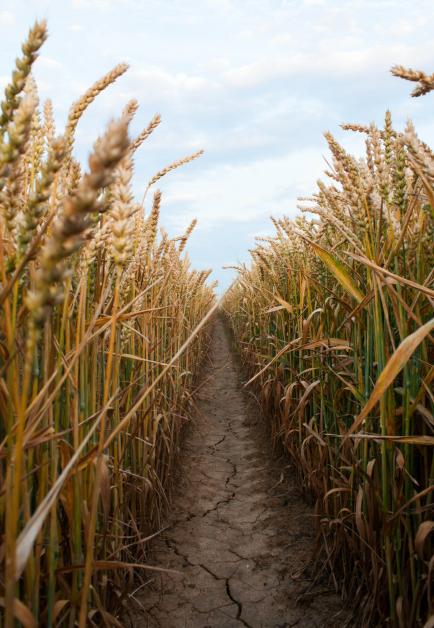
The theoretical rate of water addition as described above, is easy to calculate when setting up the water flow to a suitable mixer or agitator. In practice this is more complicated as the natural moisture content of grain is not uniform throughout a given parcel of wheat.
These fluctuations will be carried through to the mill if a constant rate of water is added causing inconsistency of quality or processing problems.
To avoid this happening, most modern flour mills have automatic moisture measuring devices which control the water addition system to achieve consistent moisture across the batch. These devices can be broadly split into two types - Feed Forward and Feed Back systems.
Feed Forward systems measure the moisture of the dry grain and calculate the addition required and control the water flow. Feed Back systems measure the damped wheat and control the water addition.
The advantage of the Feed Back system is that it requires less instrumentation as the flow rate is irrelevant, but due to the added water being mainly on the surface of the grain immediately following it may not be as accurate.
The Feed Forward system is far more accurate as it measures the dry grain both for moisture and density, combined with measuring the flow rate to calculate the required water addition rate.
The disadvantages of a Feed Forward system is its cost, and if there is a malfunction causing too much water to be added then there is nothing to check the resultant output.
